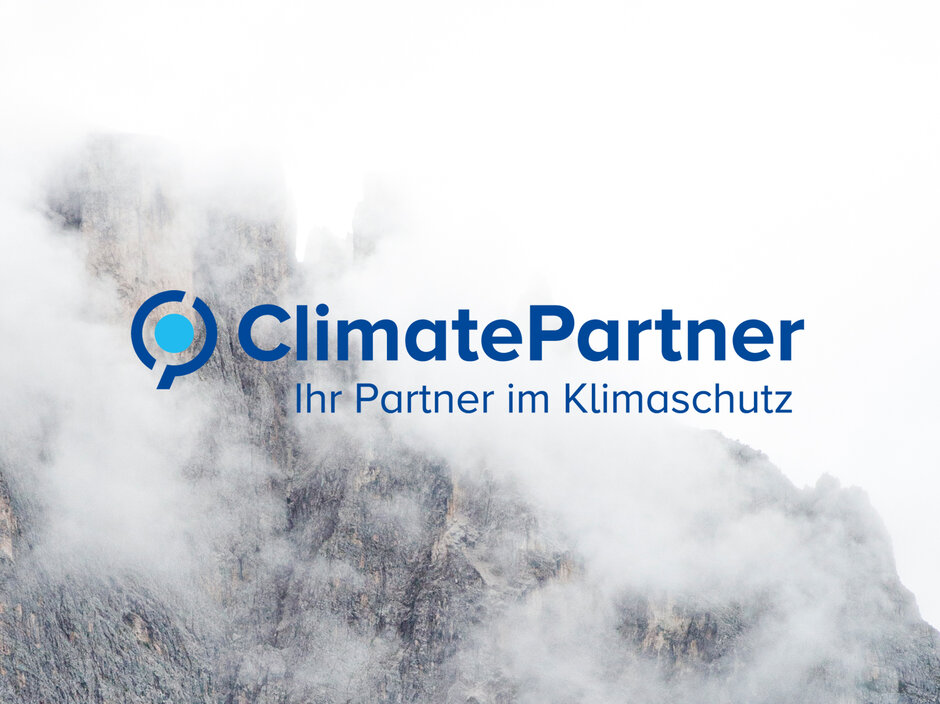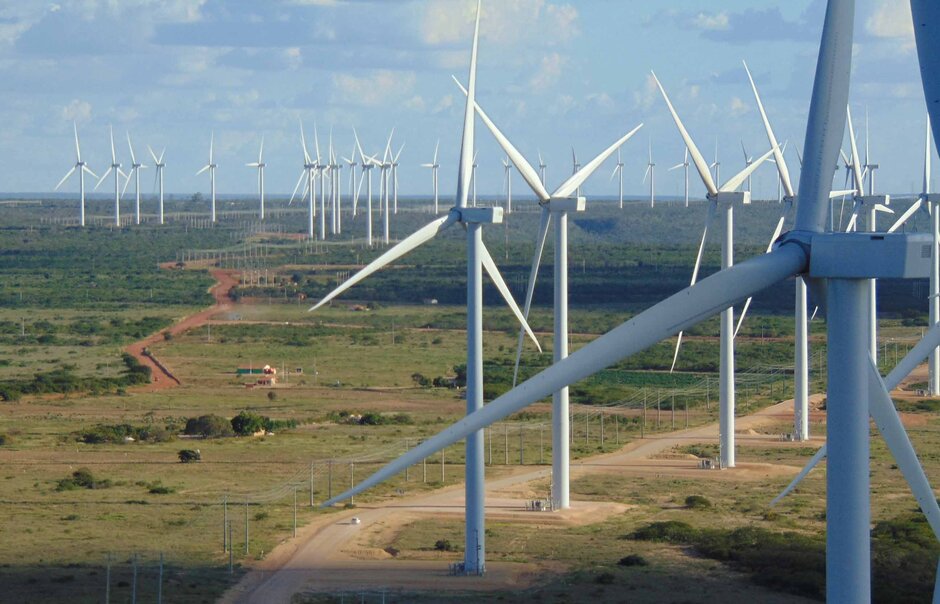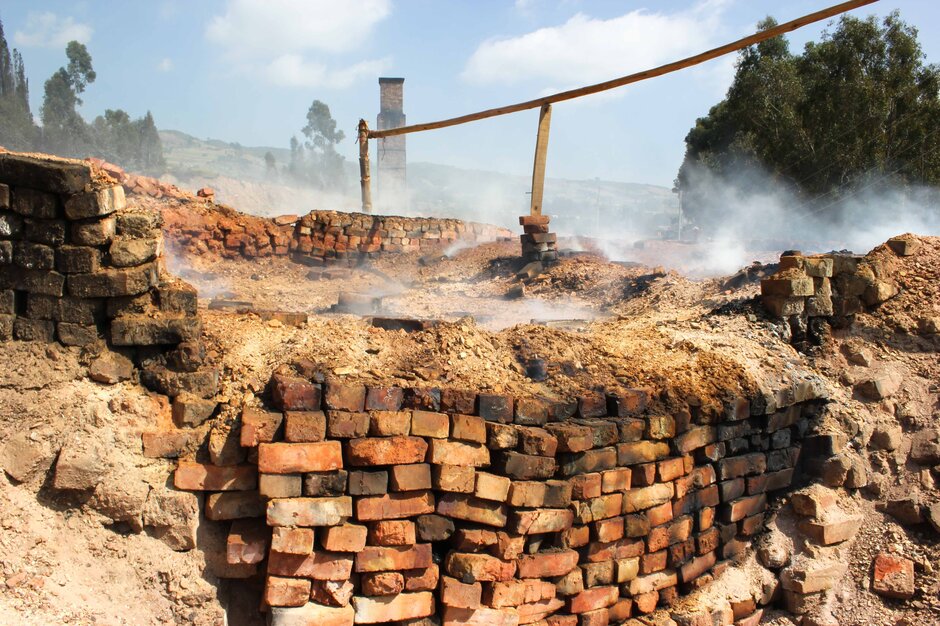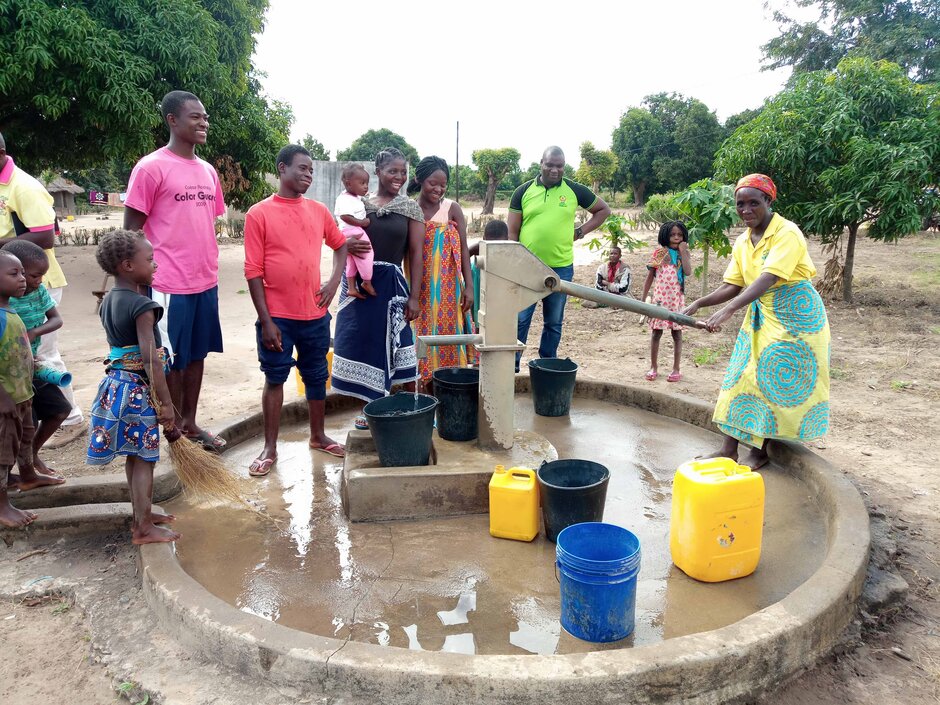Why we support climate projects

Why we support climate projects
Whether we like it or not, all of us generate carbon emissions on a daily basis, and therefore contribute to human-induced climate change. Excessive resource depletion, reckless consumerism, infinite mobility, and disproportionate economic activity have a direct impact: extreme weather patterns, rising sea levels, ocean acidification, famine and reduced biodiversity are just a few of the dramatic consequences.
The climate crisis affects the whole world. And therefore, each and every one of us. This article explains how we can help ensure climate neutrality by the middle of the 21st century and thereby limit global warming to 1.5 degrees Celsius.
The roadmap to climate neutrality: reduce, avoid & offset
The most effective way to protect our climate is to prevent greenhouse gas emissions. There are many ways in which individuals can minimize greenhouse gases, without necessarily sacrificing much. Small changes, like buying locally, cycling more often instead of driving, switching to renewable energy, and rethinking holiday plans can all improve our carbon footprint.
And businesses can also make significant savings by examining and optimizing their processes. We can confirm from first-hand experience that although it takes a huge amount of effort, it is definitely worthwhile from an environmental and economic point of view. According to ECOS, our increased use of recycled and bluesign® certified materials, as well using sustainable technologies with lower carbon footprints, and the extension of product lifecycles contribute to improving our environmental footprint by 10%, and not only cut CO2 by 8%, water by 10%, and waste by 9%, but also reduce our resources costs by 9%.

Yet however hard we work on CO2 avoidance and the reduction of our footprint we can never be fully climate neutral. In order to achieve that, we need to turn to voluntary or compulsory offsetting measures. The concept is this: Individuals, companies and organizations can mitigate any unavoidable emissions by supporting projects that help reduce emissions elsewhere in the world. But it is important to note, that carbon offsetting is and remains a compensation measure only, and not an open invitation to engage in wasteful behavior.
What is the correlation between the size of our own carbon footprint and offsetting?
For individuals, this can mainly be attributed to heating and electricity, travel, consumer goods and food, and can be calculated using CO2 calculators such as the German Environment Agency CO2 calculator.
The process for identifying and calculating a company's unavoidable CO2 emissions is a much more complex process and needs to be carried out by experts. In this case, emissions from energy consumption as well as resource consumption are taken into account. Upstream supply chain emissions are also recorded so that entire product lines and production facilities can achieve CO2 neutrality. And logistics and product disposal also come into play.
In each case, CO2 emissions need to be offset. The principle of offsetting is rooted in the idea that it is irrelevant to the climate where greenhouse gases are emitted or avoided. Therefore, emissions generated in one place can also be saved in a far-away place.
In this case, offsetting itself takes place via emissions certificates, by which the same amount of emissions are offset through climate projects. Projects should be selected to meet international standards such as the Verified Carbon Standard (VCS), Gold Standard or Clean Development Mechanism (COM). These set out rules and requirements that all climate action projects must meet in order to be recognized as a verifiable method for reducing CO2 emissions.
How effective is offsetting?
It is obvious that offsetting projects make sense. But what value they actually add can only be seen on closer inspection. Because climate projects make a significant contribution in several ways. "The impact of reputable climate projects reaches far beyond simply offsetting CO2 emissions. Importantly, they also benefit the environment, the people, and the wildlife around them," says Moritz Lehmkuhl, founder and CEO of ClimatePartner. These all contribute to the United Nations' Sustainable Development Goals (S□Gs). In this way, not only are unavoidable CO2 emissions offset, but we are also promoting socially, economically and environmentally sustainable development.
How we offset our CO2 emissions.
Transparency and performance information on climate projects are essential for companies and consumers alike. Which is why we have decided to team up with Munich-based ClimatePartner to offset our CO2 emissions. Not only do they advise us on strategies for avoiding and reducing CO2 emissions, but they have also calculated the amount we need to offset for our climate neutral products.

We have chosen to support three social and climate projects, which we would like to outline here:
1. Wind power in Piauí and Pernambuco, Brazil

14 wind farms with a combined total of 156 turbines contribute to Brazil's national grid with renewable, emissions-free energy, helping to improve national and regional electricity supply. With a total capacity of 358.8 MW, the project cuts CO2 emissions by about 652,150 metric tons a year. The project also creates jobs and improves local infrastructure and access to education. https://fpm.climatepartner.com/project/details/1138/en
2. Phasing out coal through biomass in Soacha, Colombia

Biomass, or organic waste, can be used to power energy-efficient brick kilns and prevents the release of noxious smoke and large amounts of CO2 during their production. And in the fast-growing suburbs of Bogota, bricks are in hot demand. Each year, around 18,470 metric tons of CO2 are cut, and many jobs are created. https://fpm.climatepartner.com/project/details/1070/en
3. Clean drinking water in Manica, Sofala & Tete, Mozambique

2 billion people in the world have no access to clean drinking water. And so, in trying to purify any water they do find, they must chop down more trees to make fire and boil it. This generates large amounts of CO2 that could be avoided through chemical or mechanical water treatment solutions or by drilling more wells to extract groundwater. This project provides clean drinking water to 102,000 people and cuts 180,000 metric tons of CO2. https://fpm.climatepartner.com/project/details/136O/en
Together is the only way we will get there.
If you want to make your life climate neutral, then start by taking small steps. Look at your behavior patterns where travel, food and resources are concerned, and try to reduce your CO2 footprint where possible. By consuming products that are climate neutral you will be indirectly supporting climate protection projects. Naturally, you can also make independent contributions to these without purchasing any goods. You can find out more about these projects through ClimatePartner.